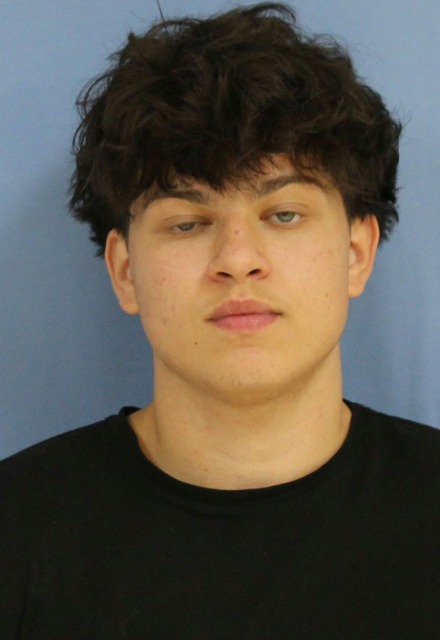Whitney Plantation honors black history: Blessing ceremony & viral photographs tie past to present
Published 4:09 pm Saturday, February 22, 2020

- Photo from the15whitecoats.org — The 15 White Coats pose in front of Whitney Plantation to show that resiliency is in their blood, and there is no limit to what they can achieve.
|
Getting your Trinity Audio player ready...
|
WALLACE — Whitney Plantation’s grounds are considered a sacred space because of the tears and the labor of the enslaved people who suffered and died, according to marketing director Dr. Joy Banner.
In honor of Black History Month, Whitney Plantation is holding its fourth annual Blessing of the Grounds from 10:30 a.m. to 2 p.m. Sunday, Feb. 23 at 5099 Highway 18 in Wallace. The blessing will honor the contributions of all African Americans and pay special respect to the enslaved Africans who built and maintained the property.
“It’s a place of memories,” Banner said. “We wanted to take the time and have a reverent service that acknowledges all that they contributed and all that they endured.”
Trending
This year’s Blessing Ceremony comes on the heels of Whitney Plantation’s transition to a nonprofit organization, which allows all St. John the Baptist Parish residents free admission year-round with a valid ID.
The nonprofit status became official Dec. 4, days before Whitney’s fifth anniversary celebration. Owner John Cummings donated the plantation museum to the Whitney Institute and took a step back from operations, which are now overseen by a board.
The move signals a more strategic focus on education and community outreach, according to Banner. The Blessing of the Grounds, free to the public, is one way locals can learn more about complicated roots of African American history in their own backyard.

The grounds and memorials at Whitney Plantation in Wallace are considered sacred. A blessing ceremony will be held Sunday to remember the enslaved ancestors who built and worked on the plantation.
Sister Soula will serve as the mistress of ceremonies for the event. “She does a traditional ceremony that’s based in the African religions the enslaved people would have initially brought over with them,” Banner said. “We go through each of the memorial sites and give a description of what they represent, and then we bless them. Everything is based in African tradition. Even if you aren’t someone who practices a faith, it’s really all about the memory of the ancestors.”
Traditional African drumming and dance from Bamboula 2000 will be featured throughout the blessing, serving as a link between the past and the present. Bamboula 2000 is rooted in the heart of Congo Square in New Orleans, and the group’s music is an infusion New Orleans, Caribbean and African sounds.
Black History Month isn’t Whitney Plantation’s only cause for celebration. At the end of 2019, Whitney surpassed 100,000 visitors. Interest in the plantation museum and its enslaved people is growing, especially in light of a series of photographs that went viral in December.
Trending
Russell J. Ledet, PhD, a second-year MD-MBA student at Tulane University School of Medicine, visited Whitney Plantation in July 2019 with his daughter and best friend.
When they left, Ledet’s daughter told him she finally realized what a big deal it is to become a doctor in America, since it was something their ancestors could have only dreamed of.
Ledet talked to his classmates about it and returned to Whitney Plantation with a purpose. The 15 medical students posed in their white coats in front of a slave cabin, capturing an image that inspired the world in December 2019.
“There’s a difference between taking photos for vanity and taking photos to make a statement,” Ledet said. “That was definitely a statement. Our motto is resilience is in our DNA. The system that allowed that plantation to be there had no intention of us existing in white coats and black bodies.”
Now a full-fledged organization, the 15 White Coats is committed to raising money for scholarships to relieve the financial burden of medical school applications, which can cost up to $10,000.
The group aims to build cultural literacy centers in classrooms to expose children to books that reflect the experience they have in life. Additionally, there are plans to place 100,000 posters of the 15 White Coats image in 100,000 learning spaces nationwide, including every St. John the Baptist Parish school. More information is available at the15whitecoats.org.
Banner said Whitney Plantation is helping place the posters in local classrooms.
“I’m thrilled that they took the picture in front of cabin,” Banner said. “I think that it’s a great way of combining the past and the pain of our ancestors but using that to inspire the future of not only young African Americans, but young Americans in general.”
The exposure from the viral photographs helped Whitney Plantation hit a high point of 250,000 Google page views in December, and Banner said the interest has held strong in the two months since.





